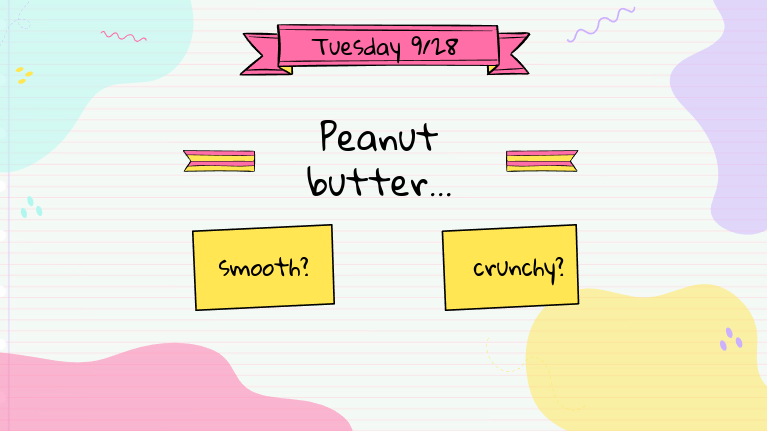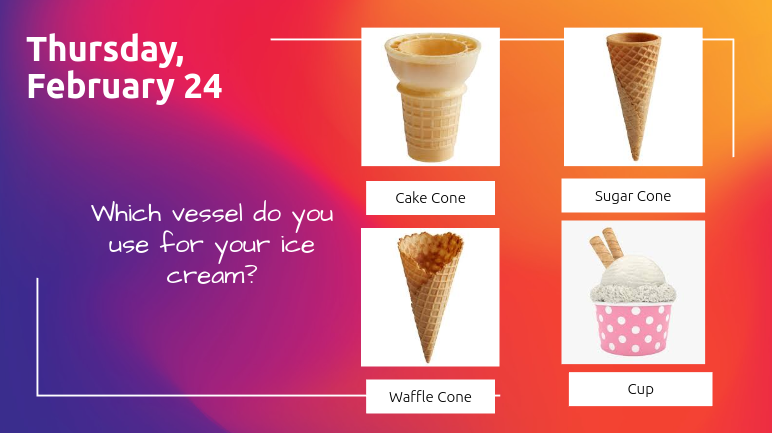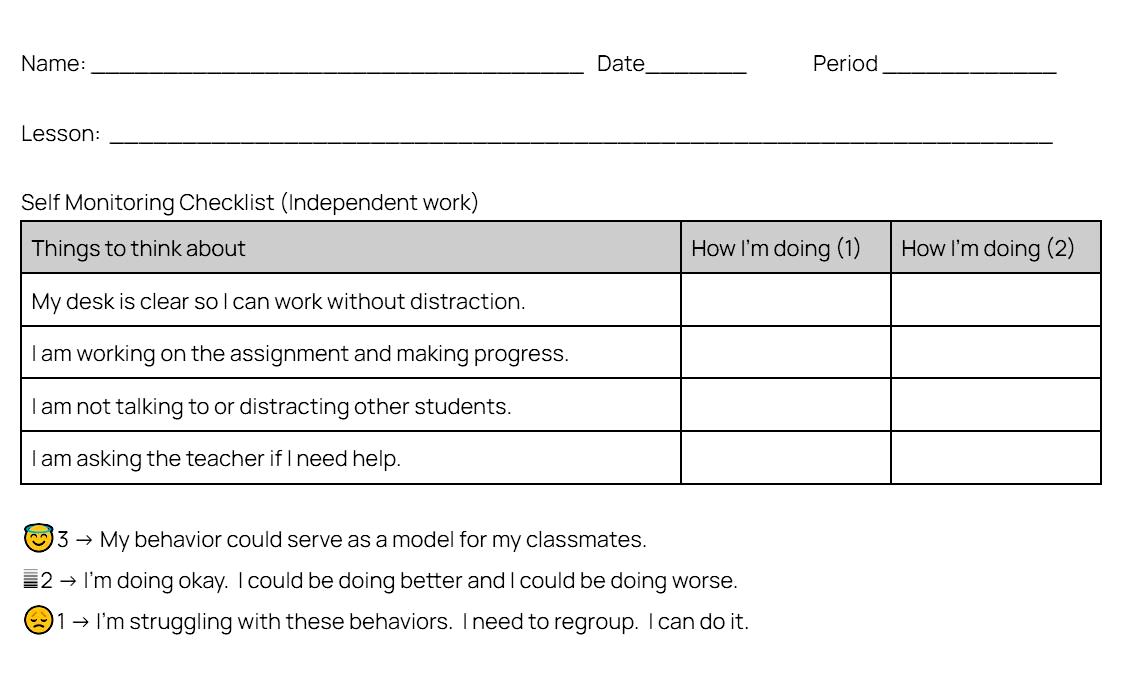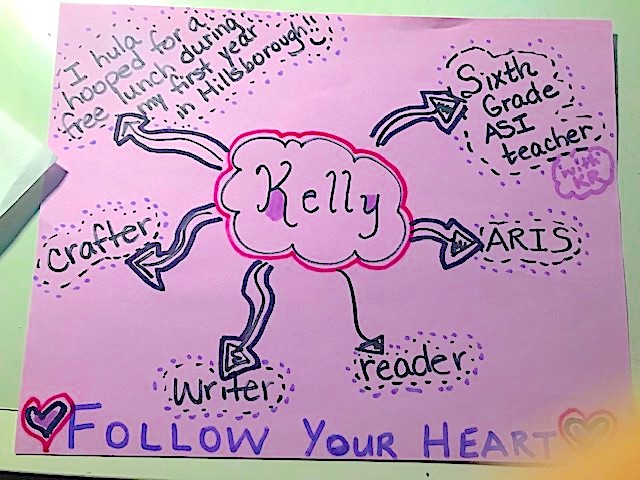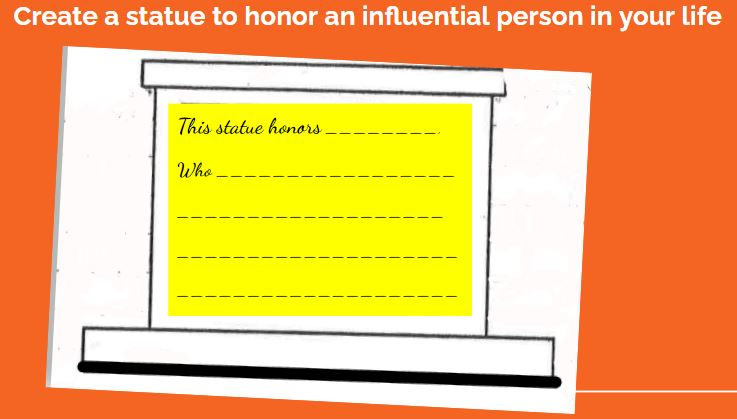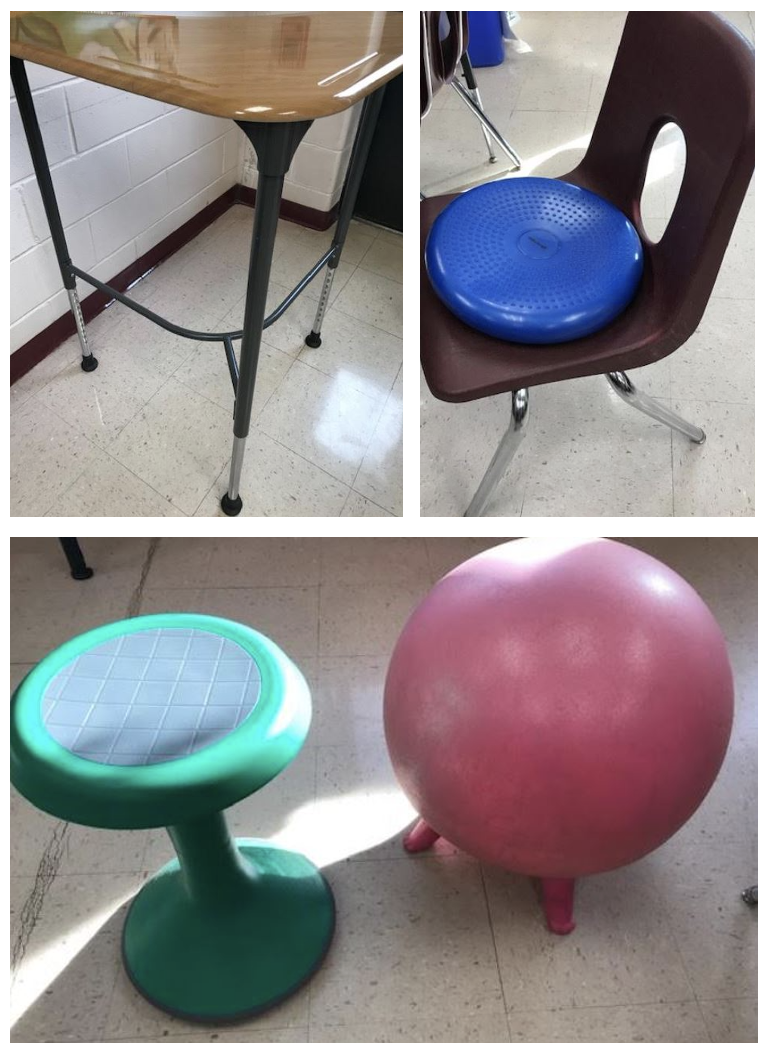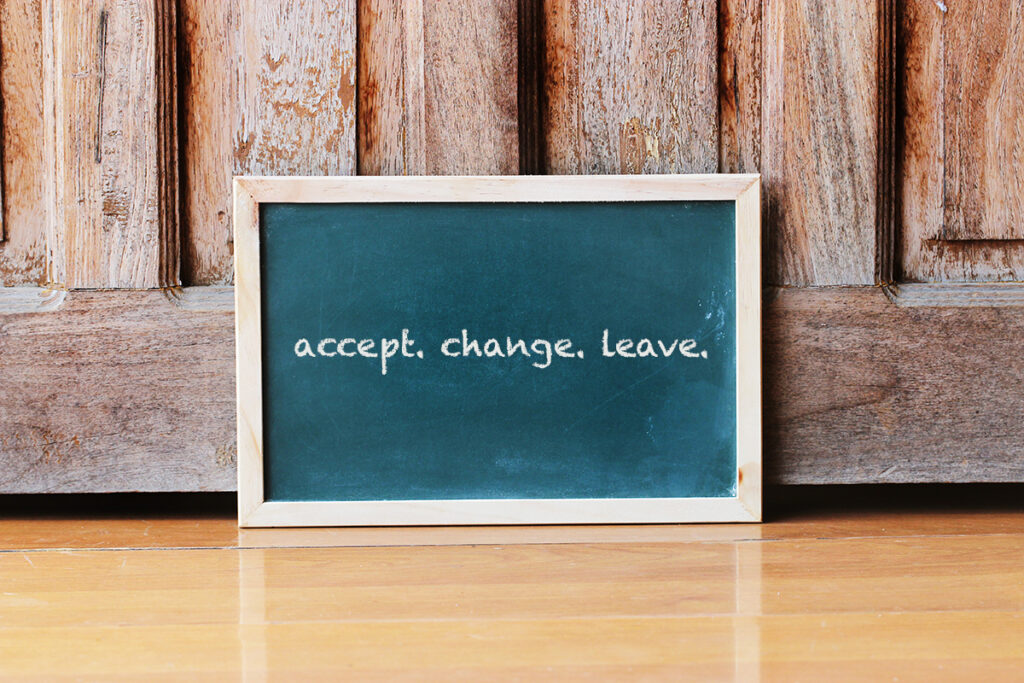Using Daily Attendance Questions to Build Community and Communication Skills
A typical beginning to one of my high school class periods might go as follows: “Do you prefer pancakes, waffles, or french toast? I’m definitely a pancake person; the fluffier the better. And I need lots of butter and syrup on top. How about you?”
A couple of years ago, my school started requiring us to take attendance each class period through our learning management system for the office to double-check. I was inconsistent at best. It was hard for me to remember; I was eager to get class going, since I have only 42 minutes with each group of students, but I knew I had to do better. I had seen teachers posting on social media about using a daily attendance question. It looked fun, and it seemed like a good way to solve my attendance problem: I could go through my roster and take attendance as the students answered.
I put the daily question on a slide that I project as students are entering the classroom, which allows them to begin thinking about their responses immediately. Once the bell rings, I have a student volunteer tally the results on the board as their classmates respond. It’s simple, easy, and takes only two or three minutes.
The obvious benefit of this practice is that I’m consistently taking attendance each class period, but as time went on, I realized there were many more benefits I hadn’t even anticipated, which cemented attendance questions as a best practice for me that I will continue to use.
Community
An important aspect of building an equitable classroom is building a classroom community where all students feel included and valued. I was surprised by how quickly the daily attendance questions aided in community building. It helped us all learn about one another, seeing what we had in common as well as where we were different.
Answering the questions each day created a sense of camaraderie and fun at the beginning of each class period. It may seem silly or superfluous to know whether a person would rather have the ability to speak 10 languages or the ability to speak to animals, but different aspects of a personality come out in those answers, and I found that over time all of those silly answers really compound to give a deeper understanding of a person I may not have gotten otherwise. My favorite part was that no matter what happened in the rest of the class period, the attendance questions allowed me to look each student in the eye and hear every student’s voice every day.
Communication
For many reasons it seems like there is less and less verbal communication in today’s world, and with so much focus on tech tools, there is even less of it in the classroom. Even though the attendance questions were just a tiny part of our day, I think the repeated practice of speaking aloud each day had a positive effect on students by the end of the year. I had no requirements for how students should answer each day: Some simply answered with one word, whereas others expanded on or justified their responses, which then sometimes sparked a mini debate that I was happy to let unfold.
I could even see where some of the shyest students became a lot more comfortable with speaking aloud. For instance, at the beginning of the year, Paige, whom I would describe as painfully shy, conveyed through her body language just how uncomfortable it was to give even a one-word answer aloud. But by the end of the year, new body language had developed that let me know she had conquered that feeling at least somewhat, and when she stayed after class to talk to me one day in the spring, I wondered if she would have been able to do that had it not been for the repeated practice that the daily attendance questions provided.
I began the school year with simple questions that would help me get to know students, such as these:
Are you left-handed or right-handed?
When you are working, do you prefer silence or music?
Are you a cat person or a dog person?
Do you prefer cold weather or hot weather?
As time went on, I got a little more creative with questions and began asking students for suggestions. For example, I posted a Google Form at the top of our Google Classroom where students could suggest questions whenever an idea popped into their heads. Also, since all of my students celebrated Thanksgiving and Christmas one year, I had them submit their picks for best Thanksgiving food and favorite Christmas song or carol. I paired the selections for daily voting in a bracket style, so by the end of November we would have a winning Thanksgiving food (pumpkin pie) and by the end of December we would have a winning Christmas song (“Mistletoe” by Justin Bieber).
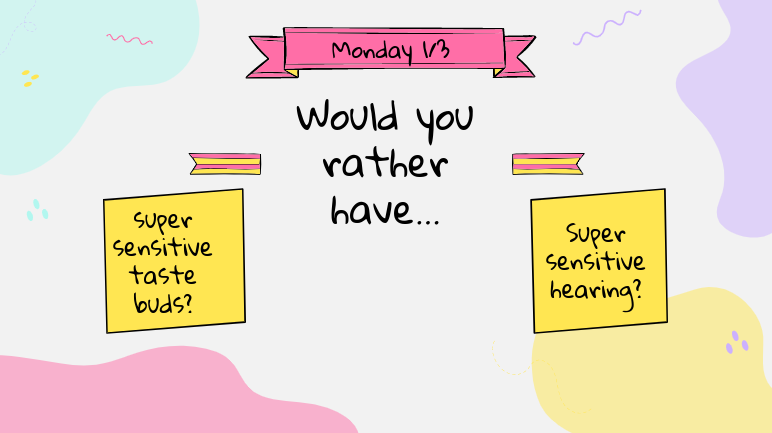
Whether you need a system to help you remember to take attendance or not, using a daily question is a small habit that has a big benefit. So tell me, are you a morning person or a night owl?
https://choiceliteracy.com/article/using-daily-attendance-questions-to-build-community-and-communication-skills/
